
The 18th G20 summit in New Delhi was a big win for India’s diplomacy. Or, it was touted as one. The leaders of the 20 major economies couldn’t make any tangible progress on key goals of the bloc, but they did produce a formal communiqué that garnered unanimous support from all participants. It was a complete surprise because it looked next to impossible a few days before the summit that the bloc could agree on a joint declaration given the stark divergences of the summiteers on the Ukraine war – something that scuppered the 2022 summit in Bali, Indonesia.
A careful reading of the Delhi communiqué shows that the Western nations made a compromise to ensure India scores this “diplomatic victory”. They acquiesced to a diluted language in reference to the Ukraine war. The declaration neither names nor condemns Russia over the conflict in which they have pumped tens of billions of dollars. Instead, it only talks about “the human suffering and negative added impacts of the war in Ukraine with regard to global food and energy security”. It was a climbdown by the Western nations because the Bali summit failed due to their insistence that the participants unanimously “deplored in the strongest terms the aggression by the Russian Federation against Ukraine and demanded its complete and unconditional withdrawal from the territory of Ukraine”.

But why would the US and its allies back down on something they have thrown in their lot with? While analysts were trying to figure out, President Joe Biden and Prime Minister Narendra Modi sprang up the answer. Together with Saudi and Emirati royals, they announced the launch of India-Middle East-Europe Economic Corridor (IMEC), a multibillion-dollar infrastructure and investment project that would “enhance movement of trade and services to transit to, from, and between India, the UAE, Saudi Arabia, Jordan, Israel, and Europe.” It would also provide India secure connectivity and upgrade ties with Arab states as Delhi’s dependence on the Middle Eastern energy industry grows. The IMEC turned out to be the biggest takeaway from the G20 summit.
If the IMEC is all about expansion of India’s geoeconomic outreach, then why would the US and its allies cheer it as a “game-changing regional investment”? Because they have been projecting India as a counterweight to China which, they believe, is trying to threaten their “rules-based world order”. The IMEC appears to be a Western response to China’s gigantic Belt and Road Initiative (BRI) that seeks to reimagine the fabled Silk Route to connect China to Central, South, and Southeast Asia, the Middle East, Africa, and Europe. However, it defies logic that the $17billion IMEC could rival the $1 trillion BRI, which has become the world’s largest-ever global infrastructure project involving nearly 150 countries.
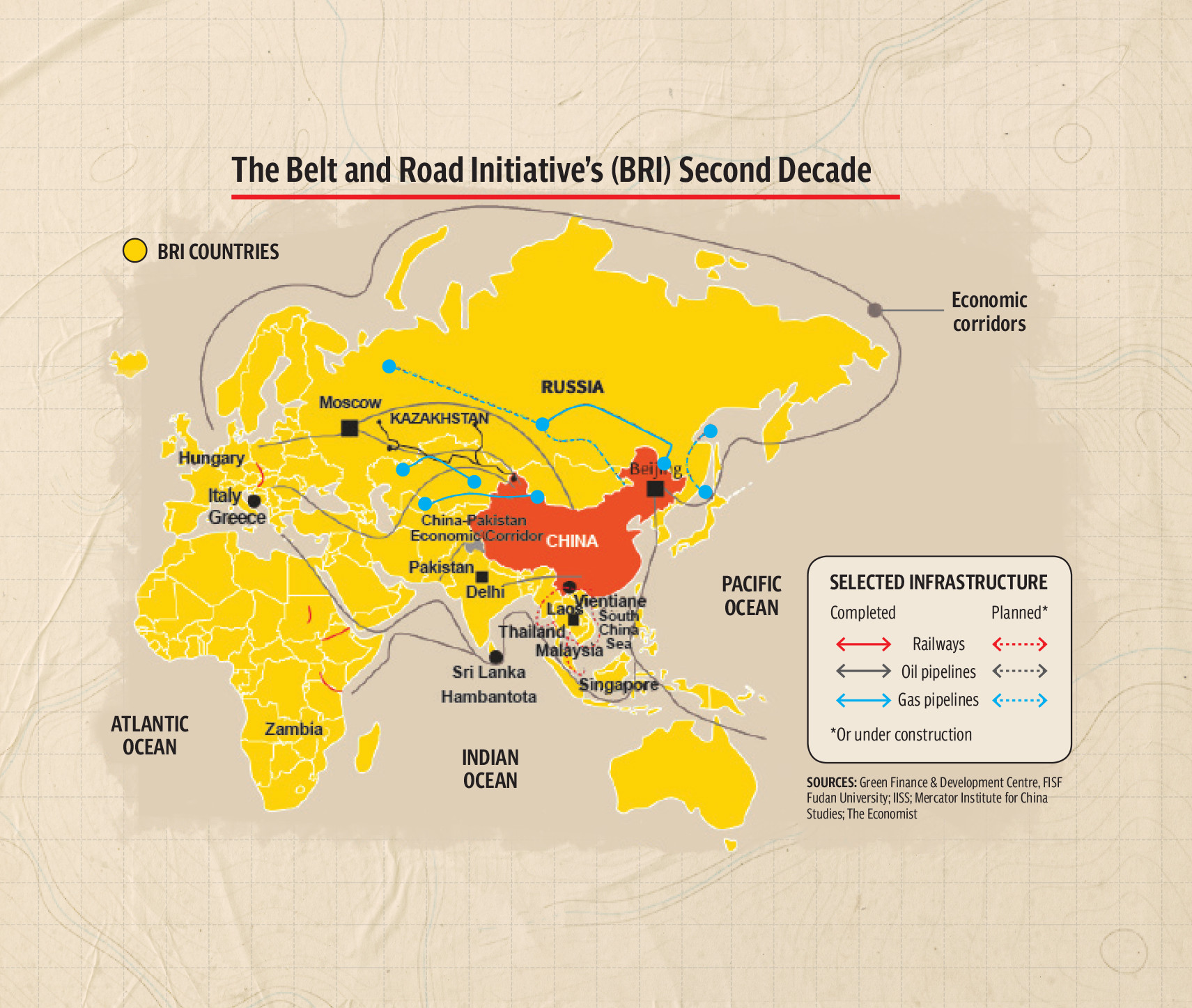
The BRI is the embodiment of China’s concept of a “human community with a shared future”. But the Western policymakers fear “China could convert its economic outreach into political sway, pressuring countries not to take stances that run counter to China’s interests on sensitive issues. China’s investments in overseas ports would give its military greater power projection capabilities”. Spurred by this fear the US continues to undermine the BRI in a sustained effort to safeguard its global hegemony. And interestingly it makes no secret of its intent. The US managed to make some countries change their mind. Israel buckled under US pressure and backed off from allowing a Chinese company to run its Haifa port. Italy has also hinted at possible exit from BRI. Greece, however, has defied pressures over the Piraeus port deal with China’s Coscos maritime giant even though the US clearly warned Rome against becoming the “head of dragon”.
India is just a pawn. The IMEC’s real beneficiary will be the US. The project’s primary objective appears to be America’s attempt to undercut China by projecting India as the leader of the Global South. Secondly, the US might also be trying to wane Delhi away from the North-South Transport Corridor which would ultimately benefit Russia and Iran. Thirdly, the US could also be using the IMEC to reassert its weakening role in the Middle East where China has made successful inroads. Recently, Beijing scored a massive geopolitical feat by brokering a rapprochement between Saudi Arabia and Iran and between the Arab League and Syria. Now, the US is using the IMEC to offset the Chinese move by negotiating peace between Riyadh and Tel Aviv in an attempt to again isolate Tehran.
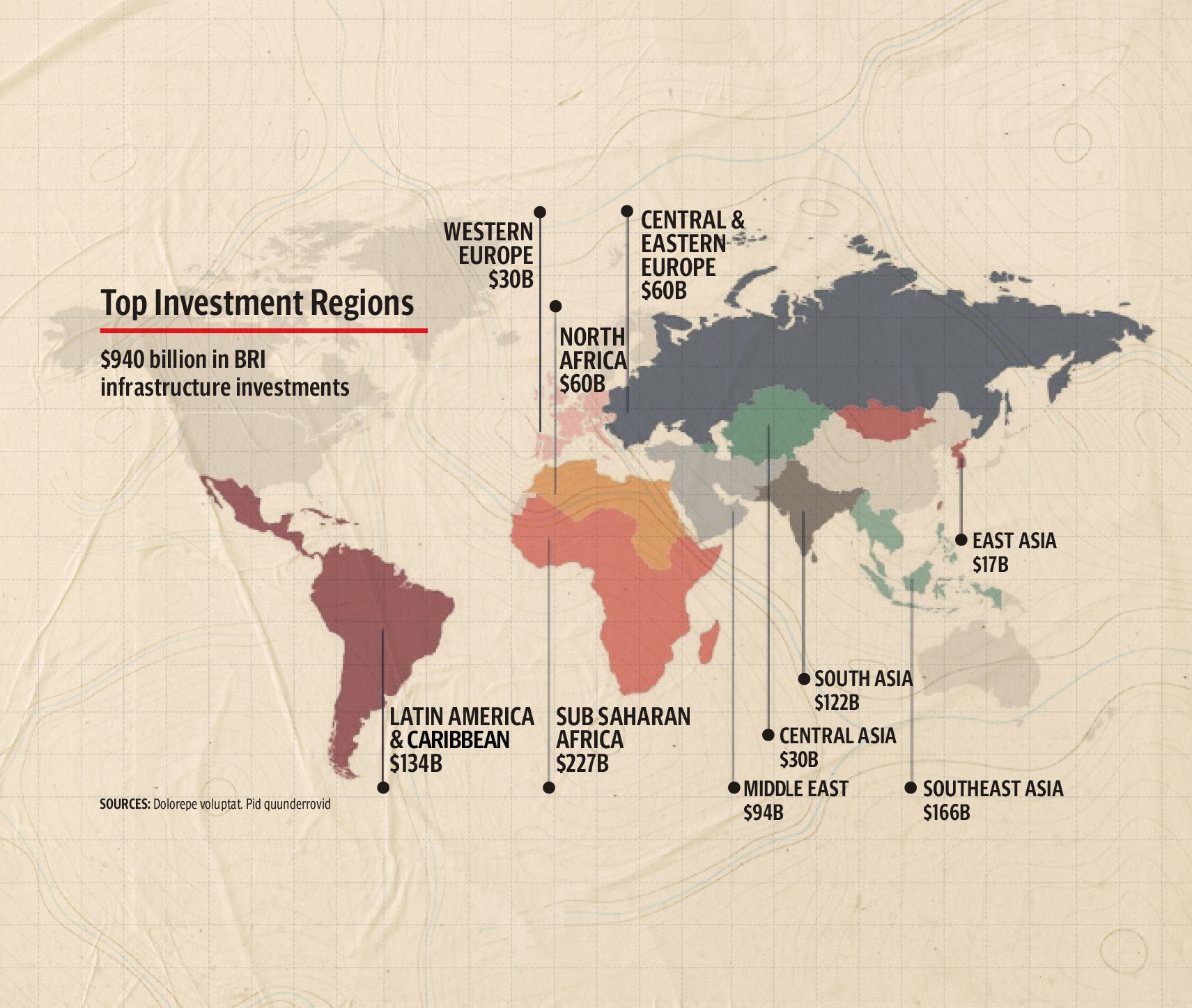
Traditionally, the US has been the guarantor of security for the Gulf nations. But Saudi Arabia and the UAE became disillusioned with the US and started cozying up to China following President Donald Trump’s disengagement policy. Now, they have been invited to join BRICS, an economic bloc that the US fears could challenge its liberal world order. Saudi Arabia and the UAE might have agreed to become part of the IMEC mainly to balance their ties with both the US and China. Their decision might have been dictated by geopolitical compulsions, but a long-term commitment to an overtly counter-China project may not fit into their new foreign policy paradigms. Moreover, hostility with Iran undermines Saudi de facto ruler Mohammed bin Salman’s Vision 2030 that aims to position the kingdom as a global logistics and tourism hub. The recent Saudi peace overtures towards Iran, Yemen, and Syria are seen in the same context.
Iran and Turkey have been left out of the IMEC which makes the geopolitical imperatives of this US-helmed project even clearer. Angered by the snub, President Reccep Tayyib Erdogan openly opposed the project, saying “there could be no corridor without Turkey.” Instead, he proposed expediting the $17 billion Iraq Development Road Project because Turkish experts doubt the stated primary goal of the IMEC as they believe it is purely driven by geostrategic concerns.
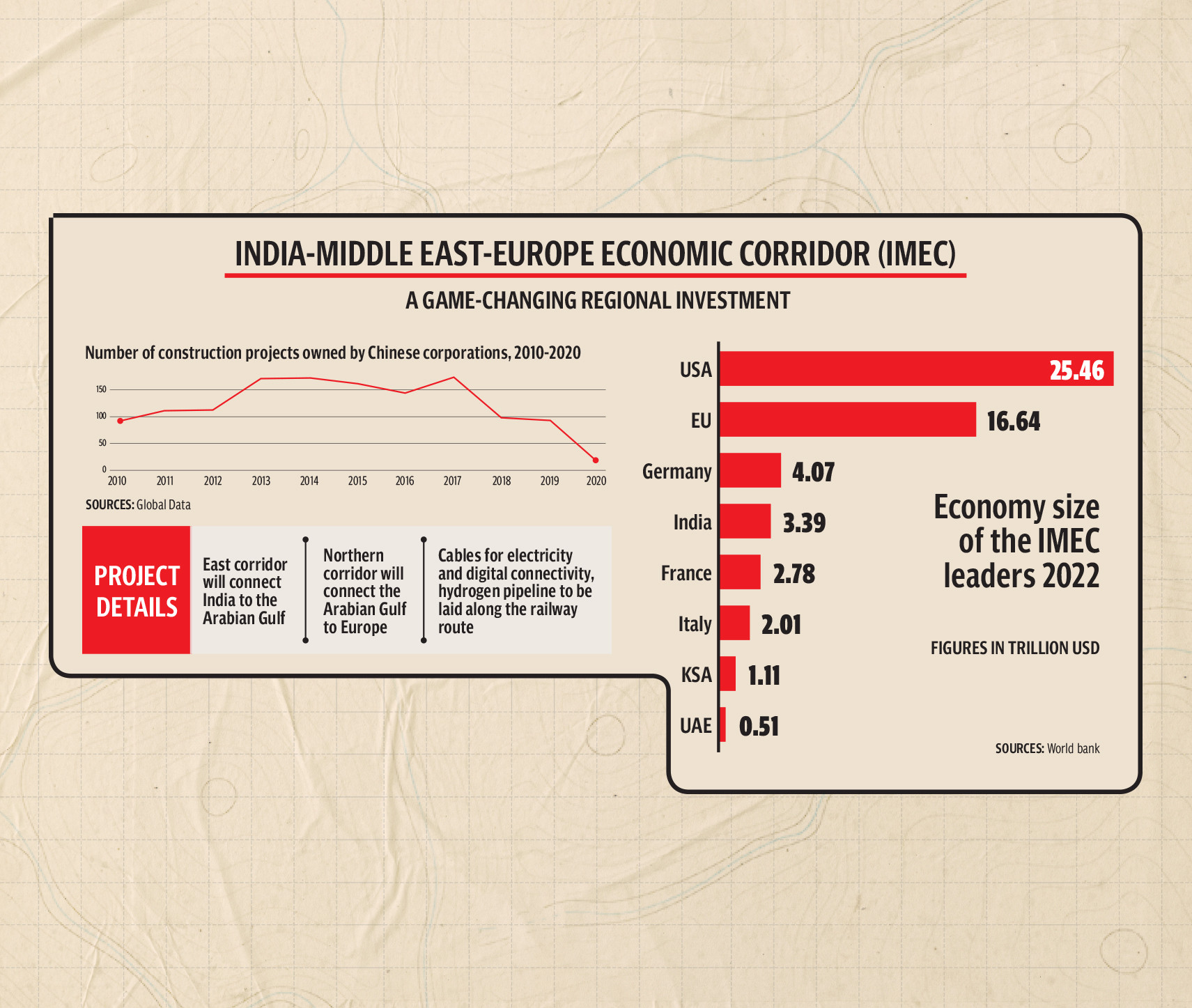
Iran hasn’t publicly commented on the new connectivity initiative. However, Tehran might not be happy with India embracing the US-led corridor while dragging its feet on the Chabahar port which is a key link in the INSTC that aims to link India to Europe through Iran, Azerbaijan and Russia. Iran may also be opposed to the IMEC due to its counter-BRI undertones. Tehran has developed solid relationship with China especially since 2021 when Beijing agreed to invest $400 billion in the Islamic Republic in exchange for supply of oil under an economic and security agreement.
Since the end of Cold War, the US has been cobbling up alliances of likeminded nations for geopolitical objectives. India is a part of or at least supportive of these alliances, especially of the ones coalesced to challenge China in the Indo-Pacific region. India is a member of the Quadrilateral Security Dialogue (QSD), commonly known as Quad, a strategic security dialogue between Australia, India, Japan and the United States. Quad, dubbed “Asian NATO” by Chinese security experts, is propelled by the overlapping interests of its members to deter Beijing from challenging the status quo in South China Sea. Similarly, India has also been invited to join AUKUS, a trilateral military alliance of Australia, the United Kingdom, and the United States against China. Though India has thus far resisted the urge to join AUKUS, but it has fully supported the alliance against criticism from China and Russia because it knows that this coalition could offer Delhi the leeway to engage with China from a position of strength.
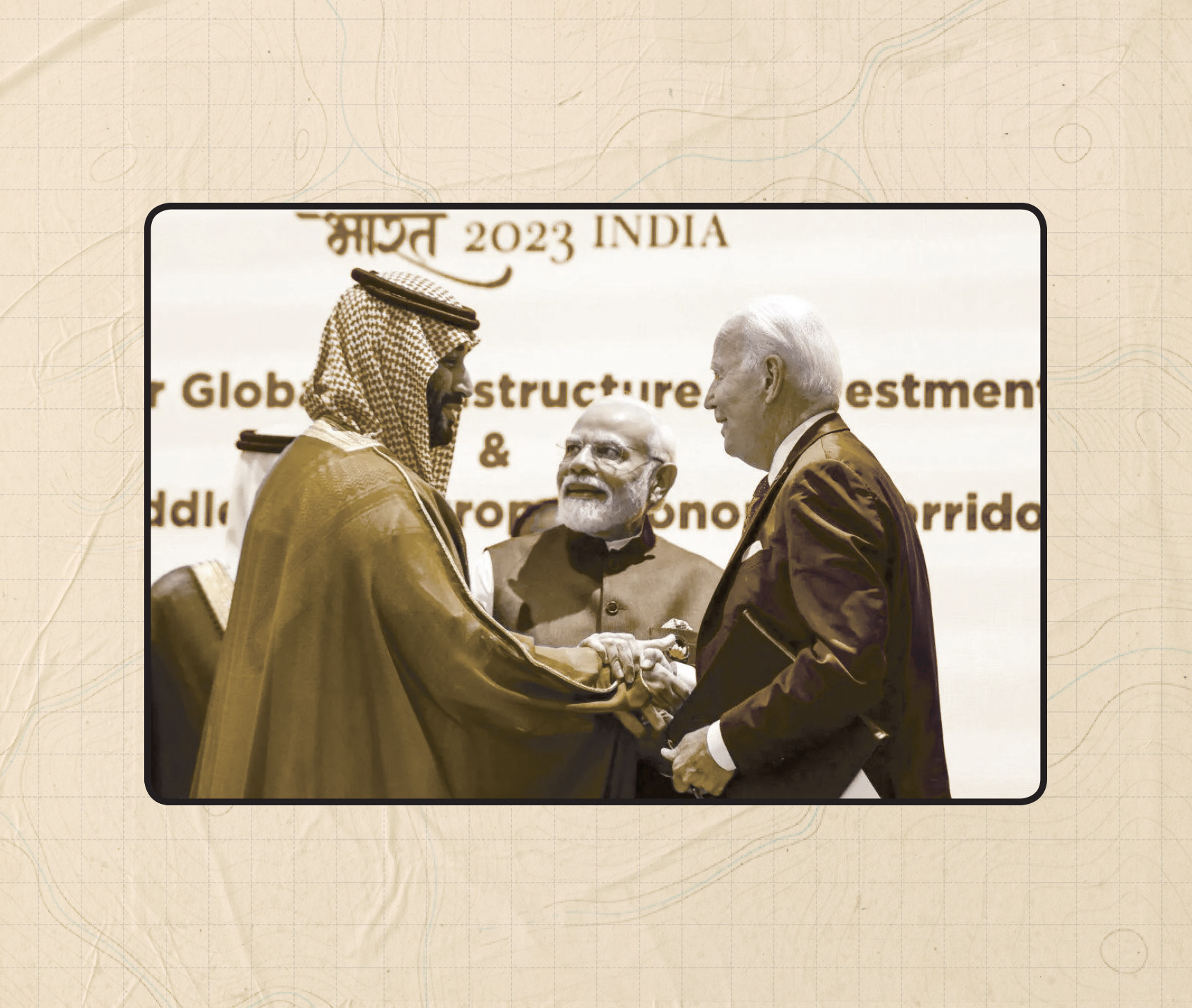
For these reasons, India was the obvious Western choice to lead a counter-BRI project in this region. However, it’s not the first such attempt by the United States. In 2011, then Secretary of State Hillary Clinton unveiled the “New Silk Road Initiative”, the brainchild of CENTCOM chief General David Petraeus that sought to integrate Afghanistan further into the region by reviving traditional trading routes. The project never got off the ground. Then in 2021, President Biden, together with his G7 partners, announced the launch of Build Back Better World (B3W)”. B3W, “a values-driven, high-standard, and transparent infrastructure partnership led by major democracies to help narrow the $40-plus trillion infrastructure need in the developing world”. Behind this grandstanding hid the G7’s real intent of offsetting China’s growing economic and cultural influence. The project was described with all lofty adjectives in dictionary, but it too failed to move forward because the US and its G7 allies got bogged down in the Ukraine war which has become a black hole for Western money.
The same year, the European Union unfurled an ambitious €300 billion “Global Gateway”, which envisaged modern infrastructure projects outside the EU as a “true alternative” to BRI. But nothing has been heard about it since. A year later, the G7 unveiled the ‘Program for Growth in Infrastructure and Investment (PGII)’, which, according to the White House Factsheet, aims “to mobilise hundreds of billions of dollars and deliver quality, sustainable infrastructure that makes a difference in people’s lives around the world, strengthens and diversifies our supply chains.” The IMEC, together with a Trans-African Corridor, has been launched under this same PGII initiative. EU President Ursula Gertrud von der Leyen, while speaking at an event on the sidelines of the Delhi G20 summit, hailed the development as “nothing less than historic”.
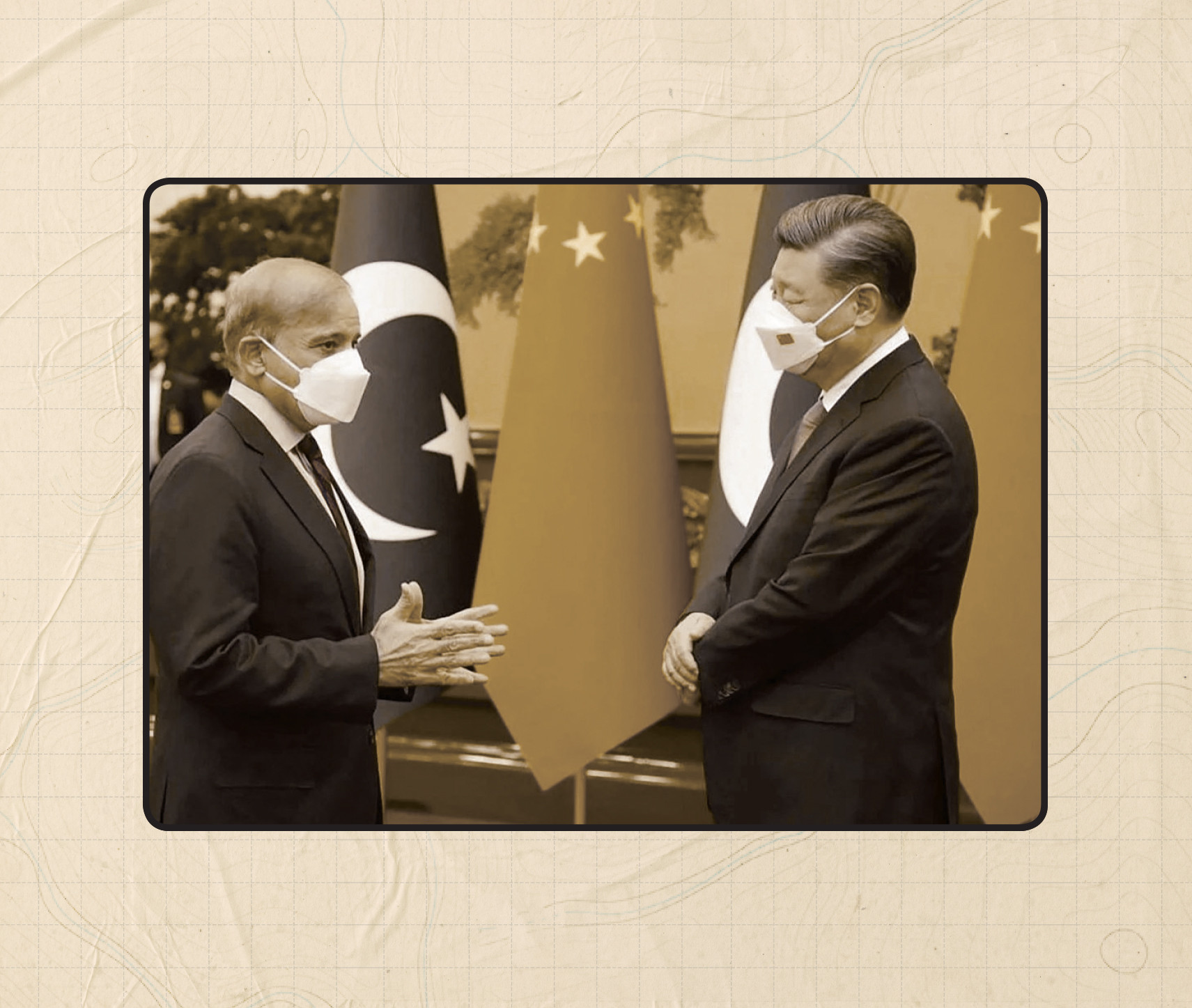
The IMEC is in its embryonic stage. Only a memorandum of understanding has been signed and none of the partners has made any financial commitment thus far. The signatories are scheduled to meet again next month to announce an action plan, though none of them is obligated to take action towards its implementation. India’s embrace of the corridor is driven by its overambitious geopolitical objectives and geoeconomic interest, but Delhi has neither resources nor expertise to undertake such a gigantic infrastructure development undertaking. Furthermore, the ongoing tensions between India and Canada over the murder of a Sikh separatist leader, Hardeep Singh Nijjar, may also dampen the prospects of any meaningful progress at the next month’s meeting of the IMEC signatories.
Conflicting geoeconomic interests of key regional players aside, the IMEC’s fate may not be different from the previous such initiatives because it is primarily driven by the strategic imperative to counter China using bloc politics rather than by a true desire for synergizing cooperation for “economic development through enhanced connectivity and economic integration” to make a difference in the lives of people.














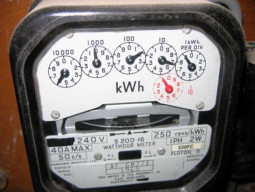









COMMENTS
Comments are moderated and generally will be posted if they are on-topic and not abusive.
For more information, please see our Comments FAQ